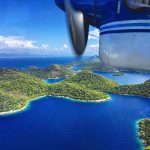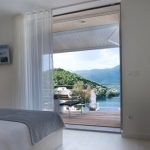July 4, 2019 – Two idyllic and historic stone towns on the Adriatic, but is Korcula really a ‘mini Dubrovnik’?
The Dalmatian coast in the summer is a fascinating – and spectacular – place to be. Endless sunshine, divine beaches, the inviting water and plenty of historic towns to savour. From mass tourism to something a little more private, there is plenty of choice depending on your tastes and budget.
I have spent the last couple of weeks travelling extensively along the coast – Kornati islands, Zadar, Split, Hvar, Korcula and Dubrovnik, and it has been an interesting exercise observing the various destinations close up. And the differences are stark, as are the approaches to tourism. One of the most thought-provoking for me at least was a night in Korcula, sometimes known as a ‘mini Dubrovnik’ followed by a night in the Pearl of the Adriatic itself.
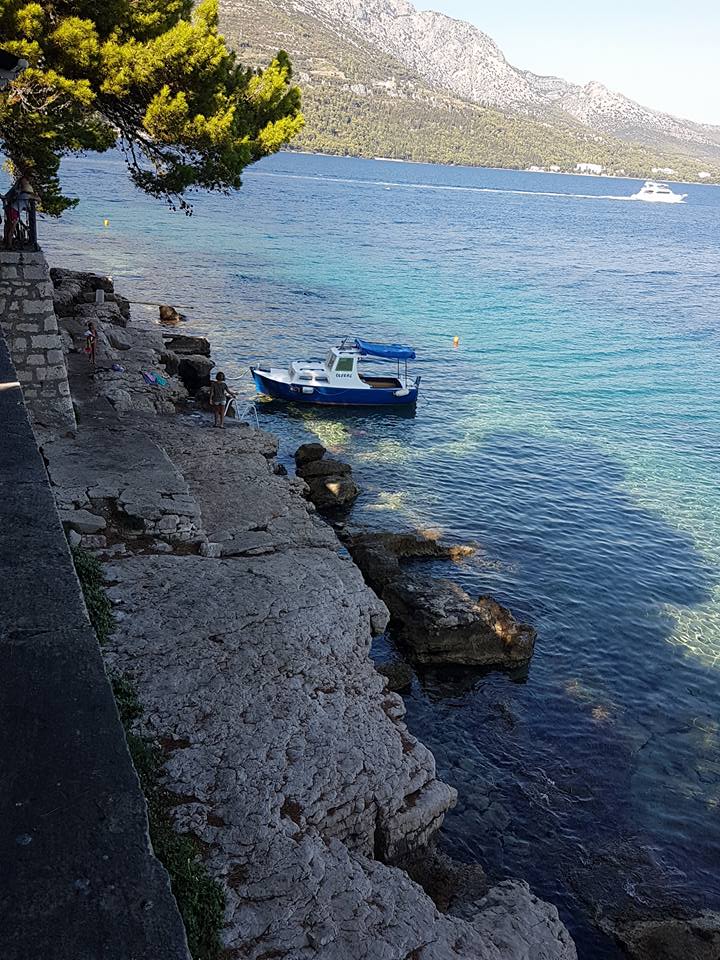
Korcula Town is a relatively late discovery for me, which is all the more strange as I lived on the neighbouring island for 13 years. You can read about the first visit two years ago here. Every time I return, something impresses me more, and I was intrigued on this last visit to be able to compare it to Dubrovnik where I would be spending the following day.
On paper, and visually, the ‘mini Dubrovnik’ name has some merit. Both are imperious walled towns jutting out into the Adriatic. Both have rich traditions and centuries of fascinating history. Both were the first in the world to abolish slavery – interestingly, Korcula some 200 years before Dubrovnik, way back in 1214.
But there, at least for me, that is where the comparisons end, especially when one looks at the approach to tourism.
A lot has been written about overtourism in recent weeks, the latest a piece in The Daily Telegraph by Jane Foster, who revisited Dubrovnik after a year to see what had changed for the better. Not a lot.
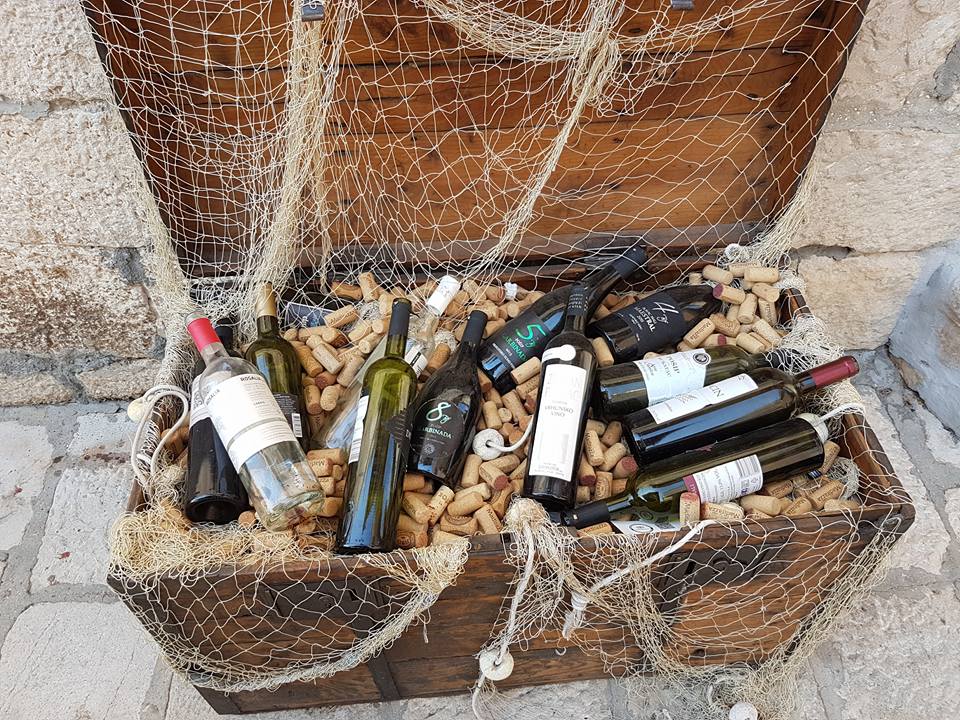
One of the strongest first impressions of my first visit to Korcula Town was how well the destination did in telling its visitors what its strengths were. Within seconds of entering the old town, you knew that this was an island of wine. And olive oil. And art. And culture. Whereas many Dalmatian seaside towns have opted to import cheap souvenirs from China, Korcula always strikes me as somewhere different in that respect, especially in the old town.
For this is an artisan town, with fabulous small shops celebrating local ingenuity and production, rather than cheap plastic souvenirs from the other side of the world.
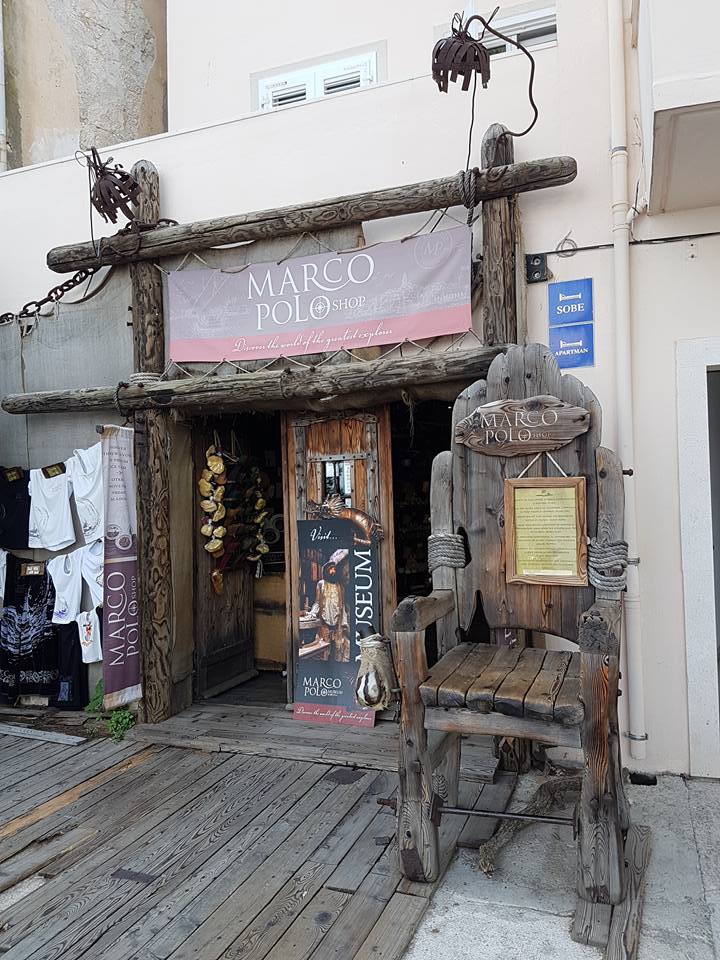
And while Kings Landing has Game of Thrones, Korcula is the birthplace of Marco Polo, a tourist image to cash in on, but one which Korcula does well – without cheapening the look and feel of the destination – want to get your Marco Polo souvenir? There is a dedicated shop for that, and the rest of the shops are given over to art and jewelry.
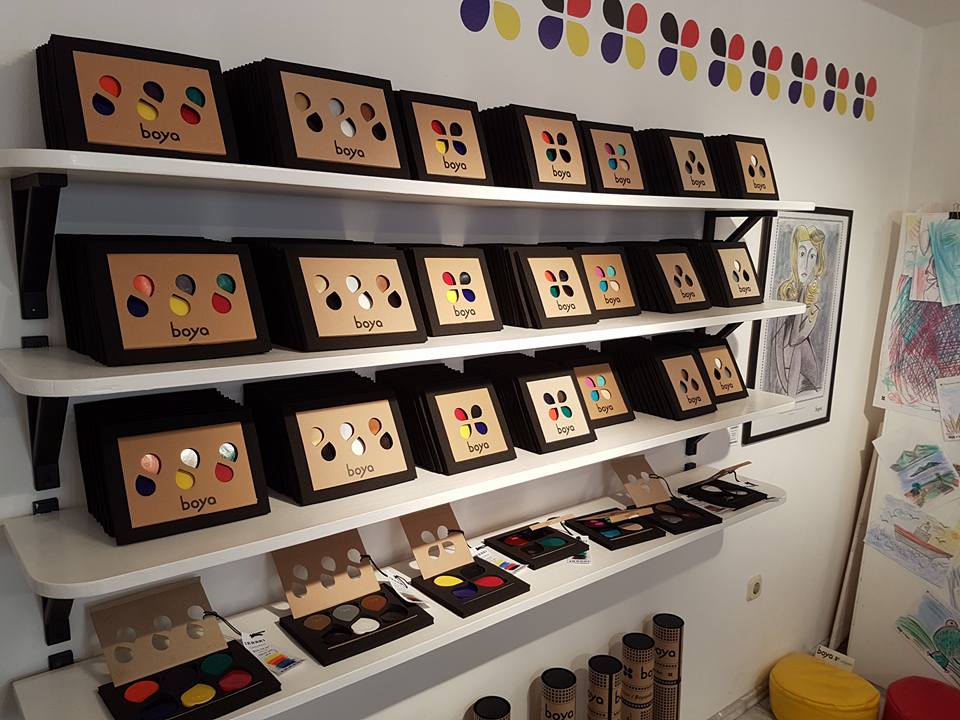
My favourite time to visit Dubrovnik is in the first week of February, for the celebration of the local patron saint, St. Blaise. Out of season, with most restaurants closed, their chairs, tables and awnings stored for the winter, the town is stripped back to its bare stone and is almost devoid of tourists. But the town is full, for this is a very popular local celebration.
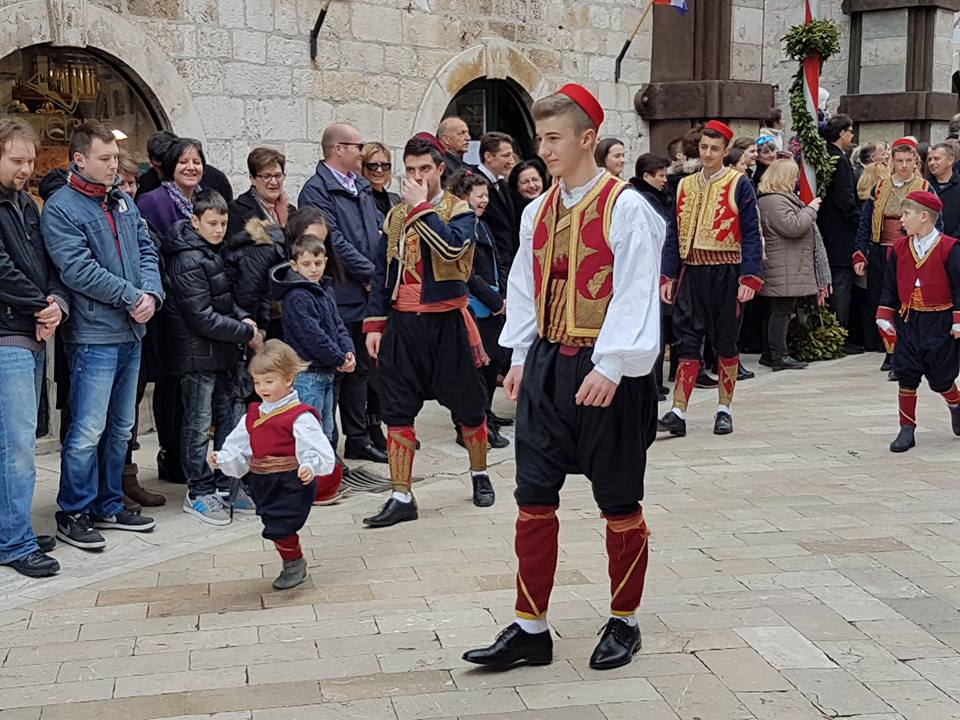
Local traditions, local celebrations, family gatherings – it really is a privilege to be a foreign fly on the wall. You can learn more about magical Dubrovnik as its annual cultural height from my visit to the Festival of St Blaise a couple of years ago.
But that magical Dubrovnik is only a fleeting moment these days. Cruise ships, day trip buses, and more, more, more tourists has become the daily routine in the summer. So much so, in fact, that some local businesses are reporting worse revenue in July and August as the majority of visitors are low or non-spenders, and Dubrovnik’s traditional wealthier clients stay away due to the crowds. Everyone loses except those in charge of the Tourism Numbers Bureau.
The obsession to pack more guests in and the desire to make as much money as possible manifests itself in various ways. Two of the things I love most about Korcula is the abundant breeze, so much so that I dedicated an entire article to it last summer.
And the second thing is Restaurant Row. One half of the old town’s coastal path is given over entirely to restaurants. Aided by the wonderful breeze, an array of quality restaurants split their outside space between a few tables by the outer city wall and more tables by the restaurant itself. In between is a public walkway where tourists are free to roam. Day or night, it is an enchanting walk, and the balance between the historic buildings and the needs of tourism is just right. The photo below was taken close to midnight when most guests had gone, but you get a sense of the space.
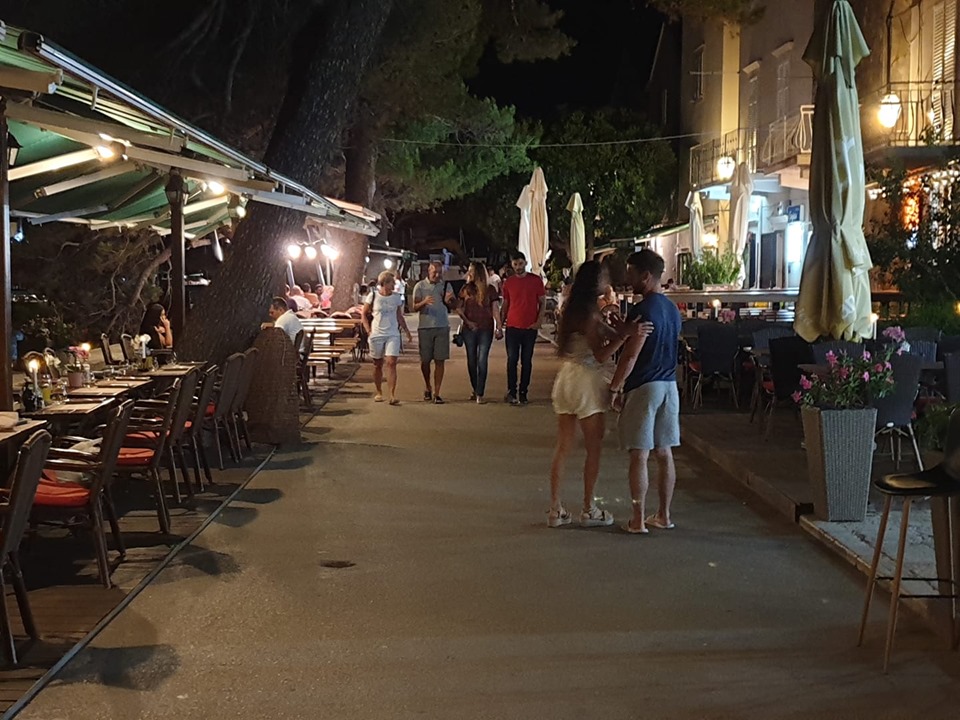
Meanwhile in Dubrovnik…
The magic of Dubrovnik, with everything stripped back to its stone origins, is glorious. Come back in July, however…
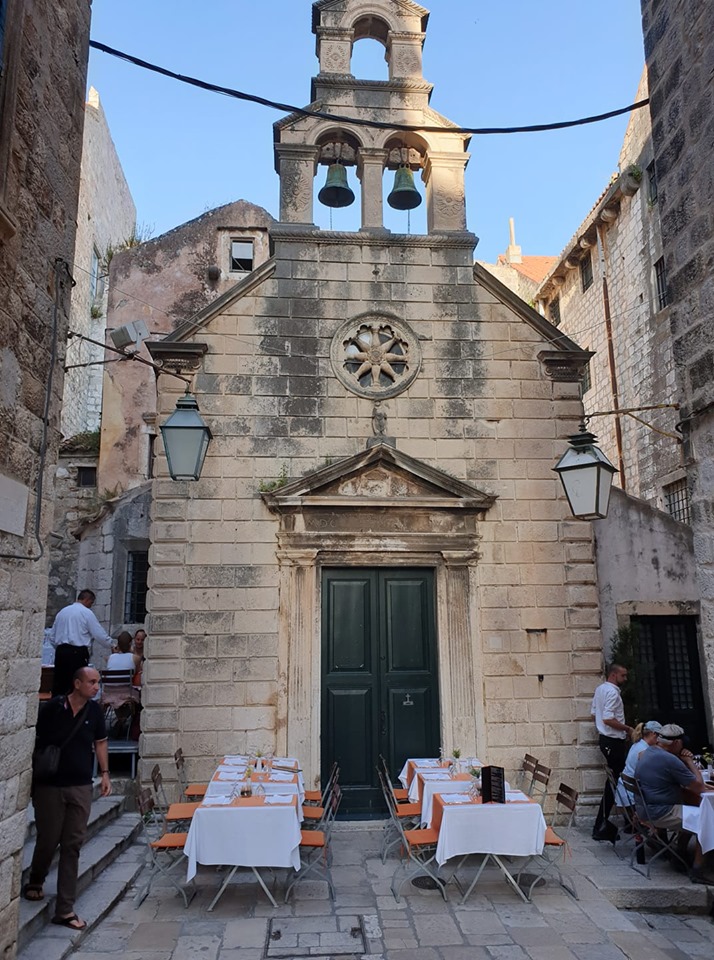
I posted this photo above on my personal Facebook page a few days ago with the caption ‘Tourism meets the Catholic church,’ and it provoked quite a reaction. Next to the Church of St. Nikola, which is only used about twice a year, an (apparently) very good restaurant with small inside space has come to an agreement with the Catholic Church, and they rent the space around the church to put tables there.
Some comments spoke of the quality of the restaurant and the fact that the church is never open. Others pointed out that churches were never built for the purpose of having restaurant tables around them when they were closed.
To me, the photo is a symbol of the difference between Dubrovnik and the so-called ‘mini Dubrovnik.’ Maximise the space for profit, get what you can. Never mind that somebody might have some to the city to revel in its incredible architecture. As a sightseeing tourist, walking along a street and seeing a church surrounded by restaurant tables tells its own story in how a destination values its treasures and chooses to promote them.
If you take the human factor out of Dubrovnik and Korcula, the case that Korcula is a mini Dubrovnik is strong. Add in the human factor, especially the obsession with packing as many people into the Pearl of the Adriatic, and there the comparisons end.
Korcula is one of the true jewels of Croatian tourism, moving along a path of quality tourism and doing everything well. Is Korcula a mini Dubrovnik? No, not at all.
But imagine what a destination Dubrovnik could be if it learned and implemented some lessons from its island neighbour. Mega Korcula could really make Dubrovnik shine.
To learn more about Dubrovnik, check out the Total Croatia Dubrovnik in a Page guide.
To learn more about Korcula, check out the Total Croatia Korcula in a Page guide.
And where else in the world can you have an early morning start to match this, above.


